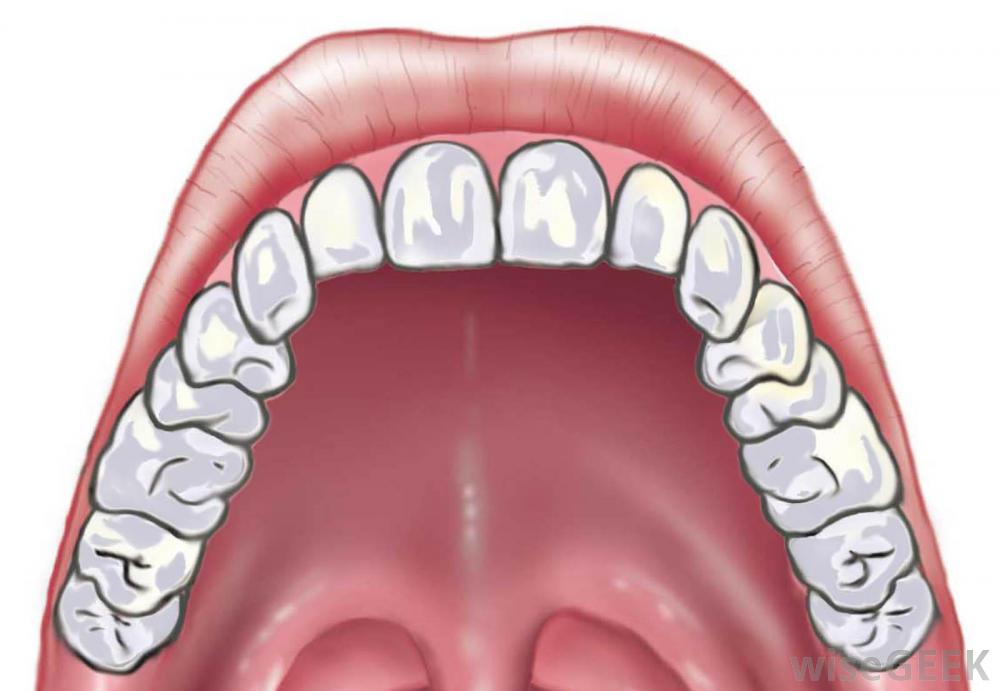A torus palatinus is a bony growth that develops on the roof of the mouth. These growths come in many different shapes, and they may be very small or quite large. A torus palatinus is not cancerous or harmful. However, because serious medical conditions can cause similar growths, it is important to have a doctor check any changes in the mouth. In this article, learn more about tori palatini, including the causes, symptoms, and treatment options. Some potential causes and risk factors might include:
* Age: The growths are more common in people over the age of 30.
* Mouth shape and bite structure: The shape of a person's mouth, tooth crowding, and other factors might increase the risk.
* Genetics: A 2015 study of twins suggests a strong genetic link for bony outgrowths in the mouth, even in those who have other risk factors.
* Tooth grinding: People who grind their teeth may be more likely to experience these bony growths.
* Bone mineral density: Changes in bone mineral density may cause a torus palatinus. A few older studies suggest that older adults with a torus palatinus have higher bone mineral density than their peers.
Tori palatini are not dangerous. The growths do not cause cancer, infections, or other serious complications. However, like any growth in the body, it can interfere with normal functioning. Very large growths and those located near other structures are more likely to cause complications.
(Credits: www.medicalnewstoday.com)


